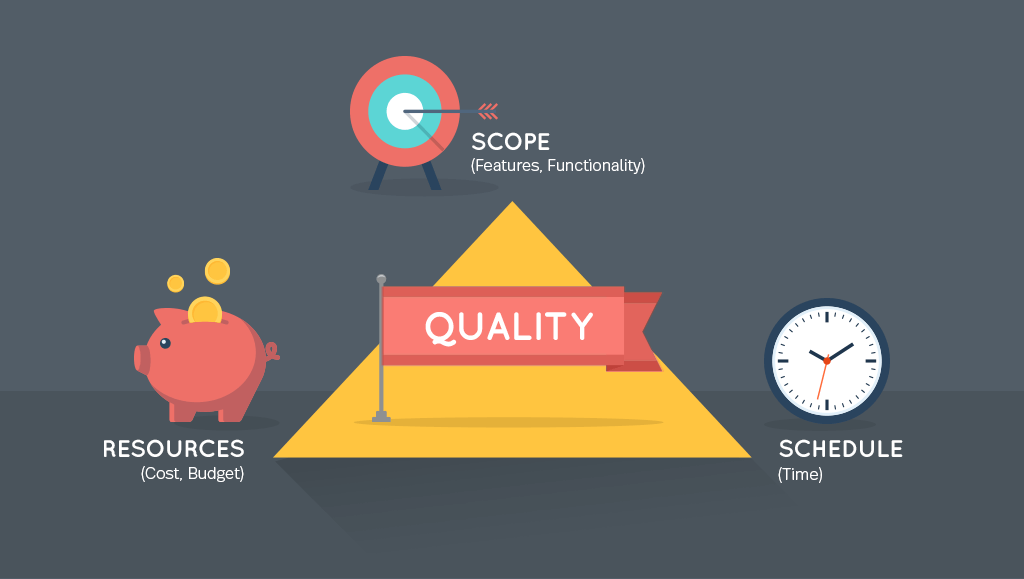Importance of a mobile app
Every company should find value in a digital strategy. Deciding on a mobile strategy for your business requires a number of considerations. First you may need to decide what’s right for you - a mobile application or a responsive website? When a business is determining their mobile strategy, hopefully they are thinking in terms of a mobile application or a responsive website.
Considerations for Your Budget Before you Build your Mobile App
There are many things to consider before you design and build a mobile app. For example, some questions that will need to be determined prior to kicking off your project are which platform do you want an app built on Android, iOS or both? Are you wanting a native or hybrid app? What is your internal timeline, what date would you want your mobile app to go live for users to begin engagement? All of these questions and more need to be considered before your project kick-off. We have outlined some important considerations that you will need to take into account that may affect your overall budget.
Consideration 1: Define requirements and choose feature set
Every app has different features, some compliment others while other features are not necessarily meant for an MVP product to launch it is still important to decide if you want a simple or robust feature set.
Some of the following are features that you can include in your mobile app that may affect your overall budget :
Consideration 2: Do you need design or development? Both?
Some folks have an internal design team in which case wireframes are built out and given to a development company while other companies may need a full design and development.
The cost of only design or only development or design and development differ because if you are only needing a development service and depending on the feature set your cost could be less than if you were looking for a complete design and development project.
Consideration 3: Which platform does it make more sense to launch on?
Who is the target audience that you are trying to reach? What stage in the product are you in? Do you need an app for Android or iOS or both? Building one app will be cheaper than building two apps.
Consideration 4: Scope of project or timeline of project
Are you hoping to launch your mobile app in a certain time frame? If so, this may affect the scope of the project. If you are working against a shorter timeframe such as less than 6 months you may have to launch an MVP product in order to meet your timeline. If you do not have a particular time you are hoping to launch by then you will have more time if desired to make your app more robust
Some timelines vary depending on feature set and the timeframe that you are working with - the most features you want the more folks you need on your dev team.
Consideration 5: Minimum Viable Product versus Maximum Viable Product
Some decide to launch an “minimum viable product” which means that it has just enough features to satisfy the end users because the design feature set would be limited.
Your overall cost would be lower than if you were launching a more polished app which would have more advanced feature set.
Consideration 6: Frontend & Backend Development
Some may already have backend development complete for example if the company already has a website or a web app typically the backend development can be applied. Building out the backend may not be necessary, it may only require frontend development.
If you need only the front-end versus frontend and backend development that will affect the overall cost of the mobile app development depending if you need one or the other or both. Are you constantly updating your content to the backend? This could also require for your architecture to be more robust which will increase the total cost.
Consideration 7: Hosting and Maintenance Post App Launch
Ongoing maintenance is always a good idea ADVANTAGE OF MAINTENANCE. This is typically a cost that is built into the contract and agreed upon whenever the client and company agree to the terms and contract.
Consideration 8: Compliance and accessibility
Ensuring what you are building is within the bounds of what is being designed/ developed to make sure that the company is staying compliant with your company's privacy policy. Incorporating one or more of the compliance could impact your budget depending on the level of complexity.
Timeline to design and build a mobile application
Timeline you can expect for a mobile application is the following, please keep in mind these are rough estimates and vary depending on project scope and needs.
Additional things to consider that may increase mobile app cost:
WHY YOU SHOULD CHOOSE MOBOMO?
Mobomo knows mobile. We have extensive experience in designing and developing mobile apps, our process prioritizes your target audience increasing user adoption and customer satisfaction to ultimately exceed your goals.
We take the time to carefully understand our clients needs and goals, we created an app calculator compiled of the key components that we often see that effect our clients mobile app budget.
Of course, this is just an estimation, we would love to talk through your mobile app and how we can make it awesome.
